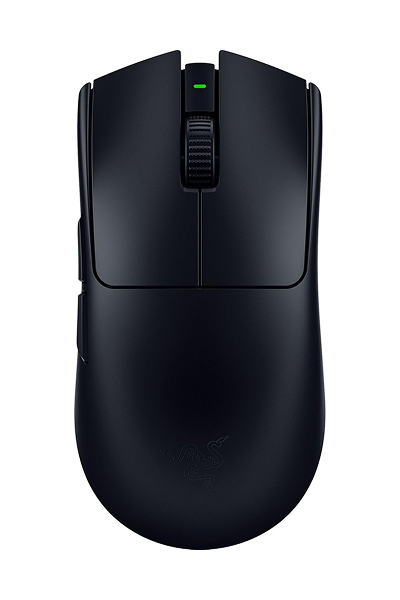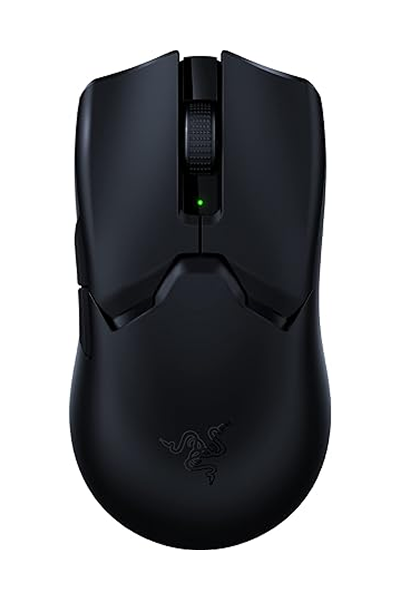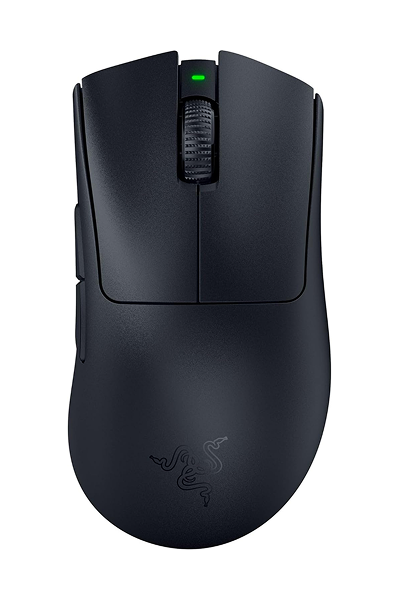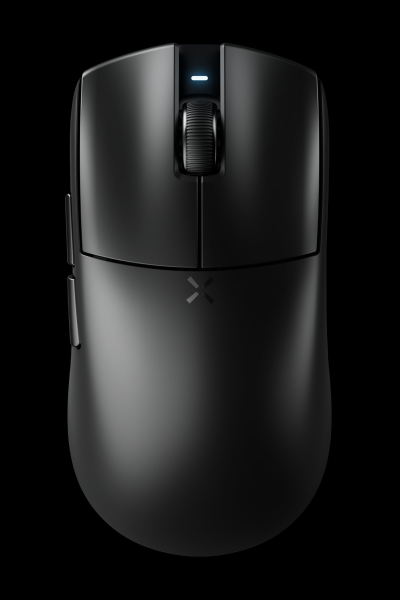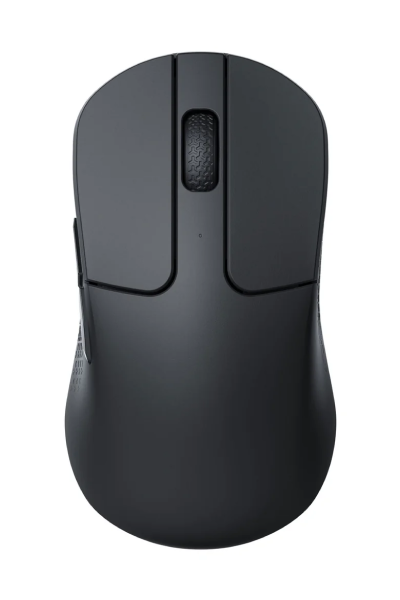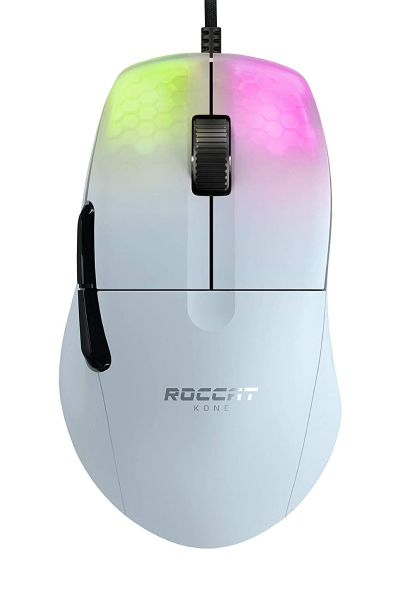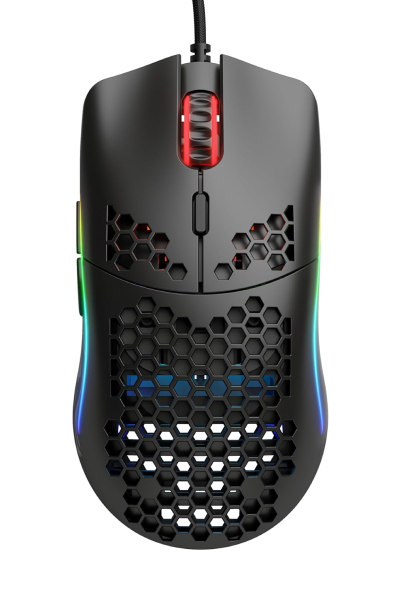7 Best Lightweight Gaming Mice for 2025
Lightweight gaming mice are prized for their speed and agility in competitive play. Below we review seven ultra-light models released by 2025, highlighting each mouse's specs, sensor, weight, DPI range, connectivity, shape, and key pros/cons based on official specs and expert reviews.
Razer Viper V3 Pro
Ultra-lightweight ambidextrous gaming mouse ~54g weight, Razer Focus Pro optical sensor (up to 35,000 DPI), 8000 Hz wireless polling, and Razer HyperSpeed 2.4GHz wireless with wired option.
Specifications
- Sensor Focus Pro Optical Sensor Gen-2
- Weight ~54 g
- DPI 400 - 35,000
- Polling Rate 8000 Hz
- Connectivity Wireless 2.4GHz (HyperSpeed) and wired USB-C
- Shape Symmetrical ambidextrous
Pros
- Extremely lightweight (53-54g) for agile gaming movement.
- Very accurate Razer Focus Pro sensor - ideal for high-speed gaming.
- Comfortable symmetrical design (works for both left/right hands).
- Solid build quality for a featherweight mouse.
Cons
- No Bluetooth or multipoint - wireless only (and can use wired).
- No tilt-scroll feature - scroll wheel lacks free-spin mode.
- A few users have reported double-click issues with the switches over time.
- Premium price for a niche gaming mouse.
Razer Viper V2 Pro
An even lighter upgrade from its predecessor, the Viper V2 Pro weighs about 58.5g (Black) and uses Razer's Focus+ 30K optical sensor (true 30,000 DPI). It features default DPI stages from 400 up to 6,400 (min 400) and connects via wired USB or 2.4GHz HyperSpeed wireless. Like the V3 Pro, its shape is right-handed symmetrical (ambidextrous design).
Specifications
- Sensor Razer Focus+ 30K Optical Sensor
- Weight ~58g (Black, excluding cable)
- DPI 400 - 30,000
- Connectivity Wired (USB-C) and 2.4GHz wireless (dongle)
- Shape Right-handed symmetrical (ambidextrous design)
- Polling Rate 1000Hz
Pros
- Feather-light design: Only ~58g for very agile handling
- Solid ergonomics: Comfortable symmetrical shape for most grips
- Excellent build: Sturdy chassis despite minimal weight
- Smooth glide: PTFE feet and smooth sensor tracking enhance control
Cons
- No Bluetooth: Wireless mode only via USB dongle
- No dongle storage: Lacks built-in compartment for the receiver
- Limited wheel: Scroll wheel has no free-spin or tilt functions
- High price: Premium cost compared to other ultralights
Razer DeathAdder V3 Pro
A lighter, wireless iteration of Razer's classic ergonomic mouse. It features a refined right-handed ergonomic design and Razer's Focus Pro 30K optical sensor.
Specifications
- Sensor Razer Focus Pro 30K Optical Sensor
- Weight ~63g
- DPI 400 - 30,000
- Connectivity Wireless (Razer HyperSpeed dongle) and wired USB-C
- Shape Right-handed ergonomic (refined DeathAdder form)
- Polling Rate 8000Hz
Pros
- Incredibly light: Only ~63g
- Ultra-low latency: Fast click response and tracking
- Sturdy build: Solid construction and ergonomic shape
- Long battery life: Up to 90 hours
Cons
- Best for large hands: May not suit smaller-handed users
- Wired-only wheel: Lacks tilt and free-spin functions
- No Bluetooth: Wireless only via USB dongle
- Bulky: Not as travel-friendly
Hitscan Hyperlight
An ultra-compact, ultra-light mouse at just ~39g, with an ambidextrous design optimized for claw/fingertip grips and powered by a high-end PixArt PAW3395 sensor.
Specifications
- Sensor PixArt PAW3395 optical sensor
- Weight ~39g
- DPI 50 - 26,000
- Connectivity 2.4GHz wireless (dongle) or wired USB-C
- Shape Ambidextrous symmetrical design
- Polling Rate 8000Hz
Pros
- Unmatched lightness: Feels almost weightless
- Exceptional sensor: Outstanding tracking accuracy
- Excellent build: Sturdy despite low weight
- High responsiveness: 8K polling support
Cons
- No Bluetooth: Only one wireless mode
- Wheel lacks modes: No tilt or free-spin
- Open-shell design: Collects dust easily
- Fewer buttons: Not ideal for MMO games
Keychron M3 Mini
A budget-friendly ultralight gaming mouse (~55g) with tri-mode connectivity and a symmetrical ambidextrous design. Great sensor performance with cross-platform support.
Specifications
- Sensor PixArt PAW3395 (up to 26,000 DPI)
- Weight ~55g
- DPI 50 - 26,000
- Connectivity 2.4GHz wireless, Bluetooth 5.1, or wired USB-C
- Shape Ambidextrous symmetrical design
- Polling Rate 4000Hz
Pros
- Very lightweight: ~55g
- Excellent sensor and latency
- Good build quality for the price
- Multi-platform: Windows and macOS support
Cons
- Limited buttons: Only 5 programmable
- Shell flex: Slight flex and mushy buttons
- Basic scroll wheel: No tilt or free-spin
- Wired feet: Not the smoothest (can be upgraded)
ROCCAT Kone Pro (Wired)
An ultralight wired ergonomic mouse with a premium feel and ROCCAT's Owl-Eye 19K sensor. Great performance for FPS gamers who prefer a wired setup.
Specifications
- Sensor ROCCAT Owl-Eye 19K optical sensor (PMW3370-based)
- Weight ~62.2g
- DPI 50 - 19,000
- Connectivity Wired USB
- Polling Rate 1000Hz
- Shape Right-handed ergonomic design with shallow thumb rest
Pros
- Solid construction: Feels premium
- Low click latency: Great for FPS
- Lightweight for ergonomic wired
- Customizable buttons via software
Cons
- Wired-only: No wireless options
- Wheel limitations: No tilt or free-spin
- No dedicated DPI button
- Relatively bulky
Glorious Model O-
A smaller, lighter version of Glorious's Model O, the O- offers wired performance with a PAW3360 sensor and an ambidextrous shape ideal for small/medium hands.
Specifications
- Sensor PixArt PAW3360 optical sensor
- Weight ~58g
- DPI 50 - 12,000
- Connectivity Wired USB-C
- Shape Right-handed symmetrical (ambidextrous)
- Polling Rate 1000Hz
Pros
- Ultra-lightweight: Only ~58g
- Solid feel: Built for intense use
- Comfortable design for many grips
- Flexible cable: Near-wireless feel
Cons
- Wired-only: No wireless modes
- Lower DPI cap: Max 12K
- Polling 1000 Hz: No 8K support
- Not for the tiniest hands
Sources: Official product pages and manufacturer documentation for specifications. pros/cons are based on expert reviews. images are from official manufacturer webites and belong to their respective owners.
Share on